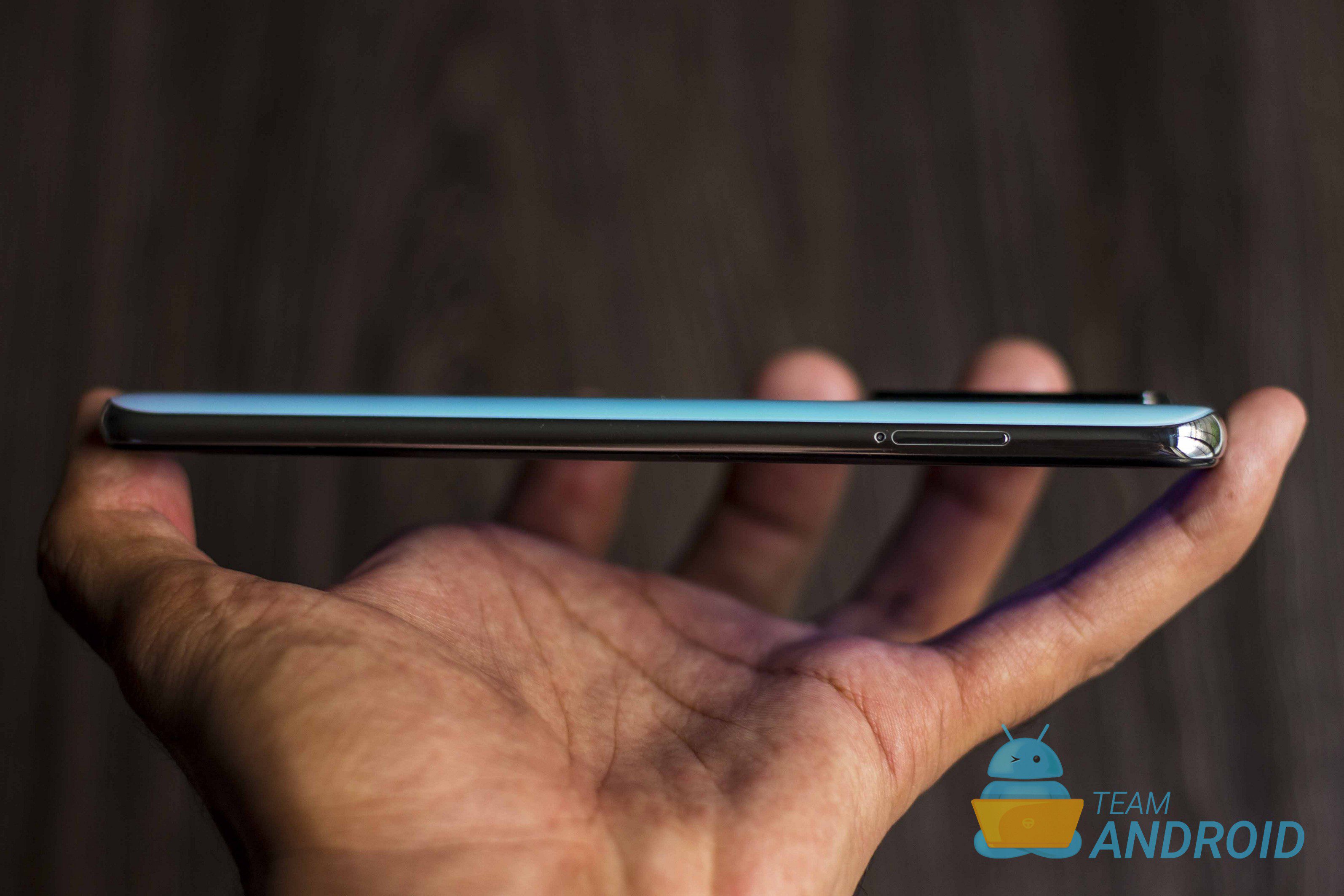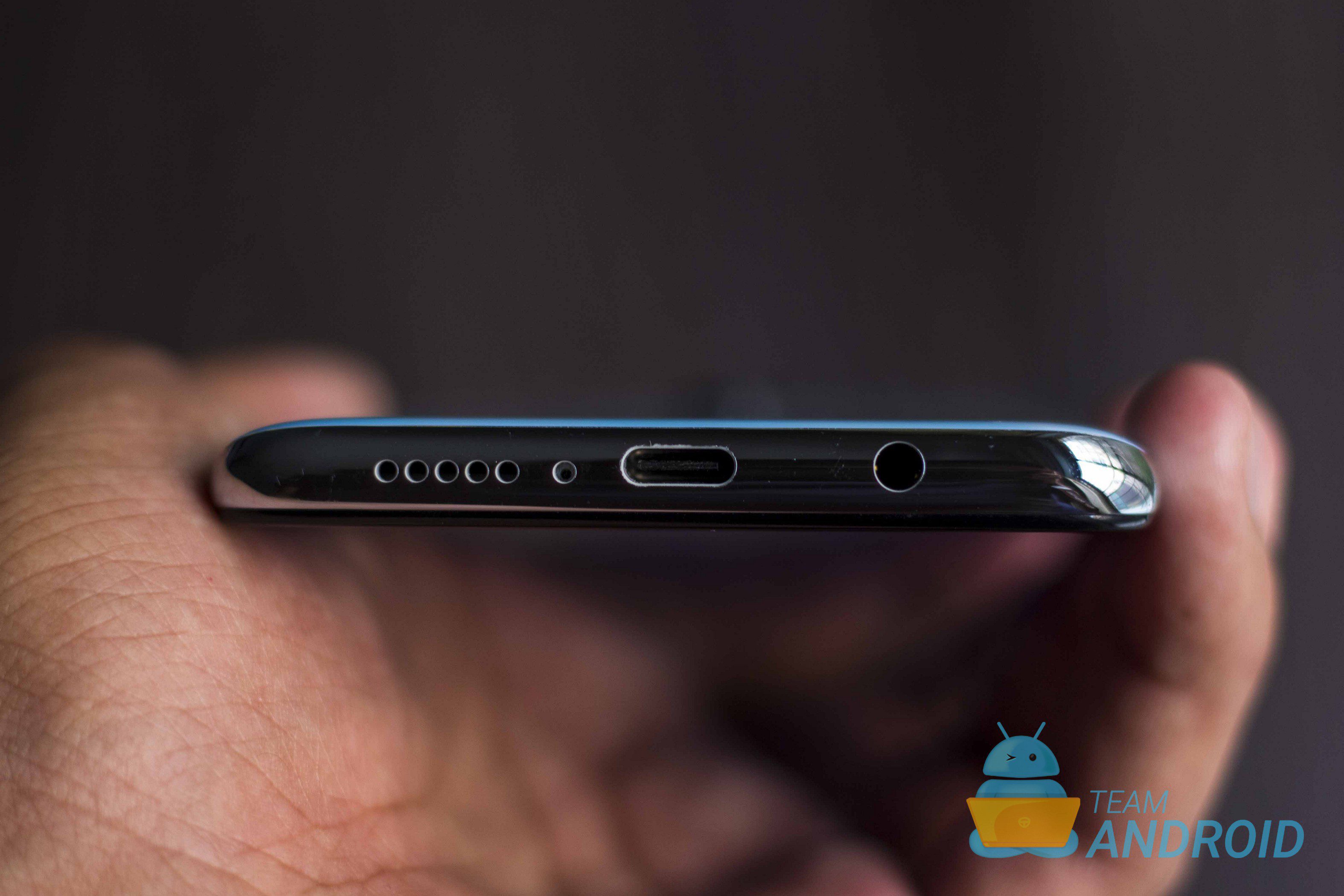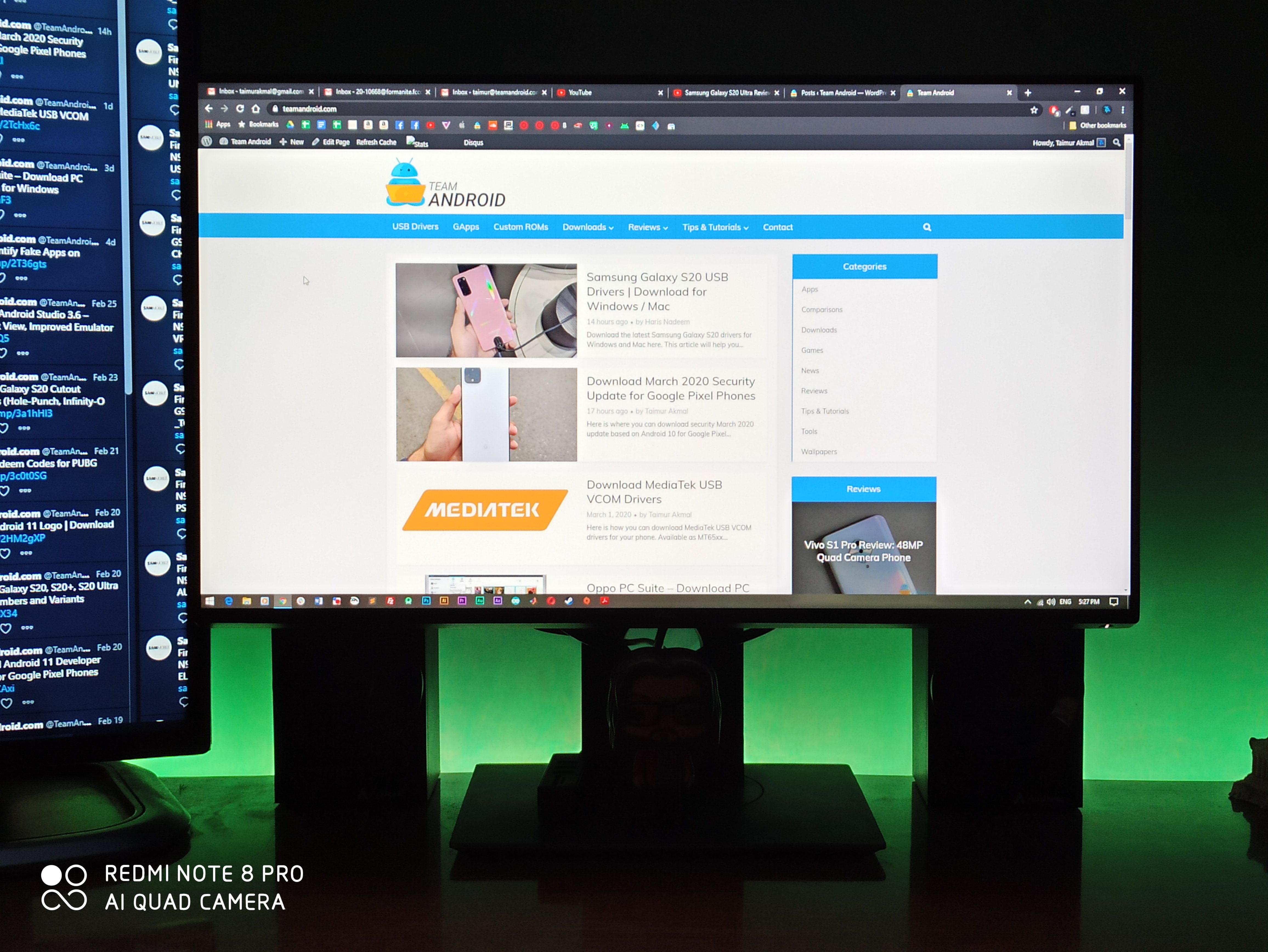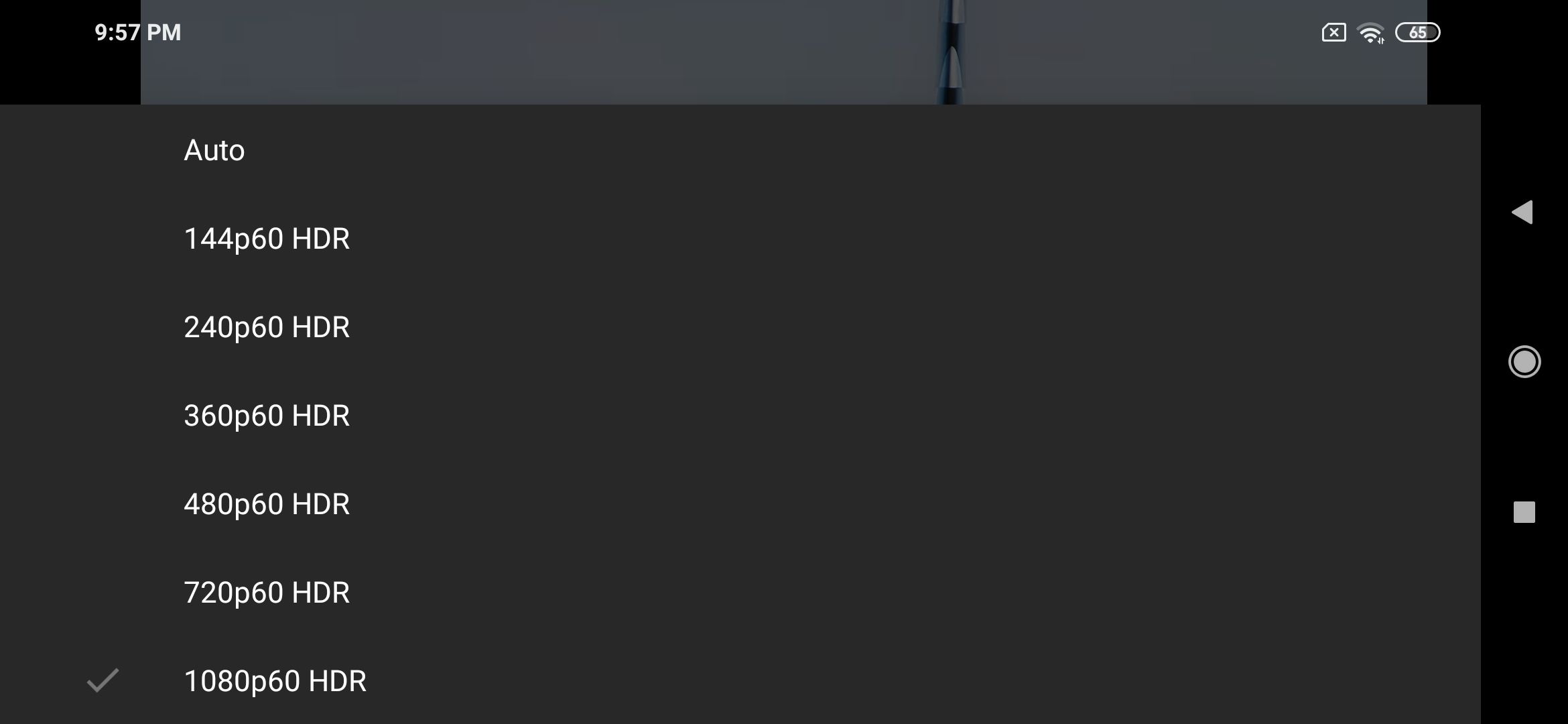This is our detailed and in-depth look at Xiaomi’s Redmi Note 8 Pro review. After receiving our standard Redmi Note 8 unit, Xiaomi kindly shipped the Redmi Note 8 Pro shortly after as well. Falling in the same Note 8 series, the Redmi Note 8 Pro features a slightly different design and different hardware. After couple weeks of testing, here is our complete review.
Over the past couple of years, a new trend has been formed where brands announce a “Pro” variant in their phone model lineup. The Pro usually refers to a higher-spec variant which then also ends up being expensive as well. In this review, we will compare the new phone to Redmi Note 8 and other competing devices to see whether Redmi Note 8 Pro is the perfect buy for you.

Let’s overview complete technical specifications for Xiaomi Redmi Note 8 Pro.
- Network: (GSM / FDD / TDD / WCDMA)
- Display: 6.53’’ Display (2340 x 1080)
- Processor: MediaTek G90T
- OS: Android 11, MIUI 11
- Camera Rear: 64MP ultra-high resolution primary camera, 8MP ultra wide-angle camera, 2MP ultra-macro camera, 2MP macro camera
- Camera Front: 20 MP, f/2.0 aperture
- Connectivity: USB Type-C, Bluetooth 5.0 and 3.5mm Headphone Jack
- Memory: 6GB RAM + 64/128GB Storage
- Dimension: 161.35 mm x 76.4mm x 8.79mm
- Battery: 4,500mAh
Redmi Note 8 Pro Review: Exterior and Design
Redmi phones generally have quite vivid designs. Being the brand’s “youth-focused” lineup, we usually see Xiaomi take design decisions that are otherwise not applicable on Mi phones. For Redmi Note 8 Pro, Xiaomi went with a curved phone body design that wraps itself on the edges. Further, the back has a thick curve to it as well for better gripping. Coming in with 4 different color options: Forest Green, Mineral Grey, Dark Blue and Pearl White. Our unit shipped in the Pearl White color. The phone utilizes Corning Gorilla Glass 5 for the front as well as the back.

Starting our inspection from the rear, the whole phone’s back is focused towards the center where Xiaomi has fitted a thick, elongated camera bump. This housing for the rear cameras makes itself the key distinguishing factor when it comes to identifying the Redmi Note 8 Pro. Unlike the standard Redmi Note 8, the bump is placed in the center. Moreover, the fingerprint sensor is located within it as well. At first glance, the last circle might seem as a laser or depth sensor but it is actually there for fingerprint recognition. The fingerprint position is a bit unusual but the sensor works well. Moreover, there is a depth sensor placed right beside the main lens, underneath the flash on the right side of the camera housing.
Except for the optics, the rest is pretty much blank. There is an inscription underneath the cameras stating “64MP AI Super Camera”. And, in true Xiaomi fashion, a Redmi inscription is also present on the bottom. Around the phone, there is a stainless-steel-esque chassis which binds the front and back. Further, when viewed from the front, all power and volume buttons are on the right, whereas SIM / expansion tray is on the right. There is dedicated dual SIM support as well as microSD expansion.
Uniquely, Redmi Note 8 Pro ships with a IR sensor up top that allows it to easily control home-appliances and machines that have IR remotes. On the bottom, Redmi Note 8 Pro has USB Type-C for charging and data transfers, a 3.5mm headphone jack and a single speaker. Despite it being a single unit, Redmi Note 8 Pro’s downward firing speaker is actually tuned to provide quality sound and it is one of the best we have seen in this configuration. It gets amply loud without distortion and has deeper base.
For the front, Redmi Note 8 Pro comes with a 6.53 inch display that has a drop-style notch for the front camera. The display stretches out to the edges hence minimal bezels. Above the front camera, there is a standard speaker and also a notification light — something we see less often on minimal bezel phones.
Redmi Note 8 Pro Review: Internal Hardware and Performance
In essence, Redmi Note 8 Pro presents itself as a budget “Pro” device and Xiaomi has tried to fit flagship internals within the phone.

– Display
Starting with the display upfront, it measures at large 6.53 inches which is taller and wider than your standard Redmi Note 8. Thanks to minimal bezels, a tall screen ratio and curved back, we found it easy to manage and navigate. For some users reaching the top notification pull-down might be difficult for one hand but, that’s a trade-off for larger screen real-estate.

On top of the FHD+ (2340×1080) resolution, what’s most astounding about Redmi Note 8 Pro is the support for HDR. With HDR content being more widely available, it has been a real treat to watch 1080p HDR videos on YouTube. Definitely a big plus for the Note 8 Pro!
– Processor, Storage and RAM
Xiaomi went with MediaTek to power the Note 8 Pro. The phone features MediaTek G90T chipset which is its highest-performing non-5G processor. Geared towards gaming and handling high-end tasks, we found the MediaTek chipset delivering well. Running premium games such as Hitman Sniper and demanding Asphalt 9, the phone blazed through them at high settings.
The processor gets paired with 6GB RAM and 128GB storage — in some regions, users can also buy with 64GB capacity. While 6GB RAM may sound enough, a little extra would have gone a long way for Redmi Note 8 Pro but then again, the price would be different if that was the case so no issues here. We have attached screenshots of the benchmarks we ran on the phone ahead:
– Battery
For juice, there is a 4,500mAh battery on Redmi Note 8 Pro. Up 500mAh from the non-Pro model. In our use, this module easily lasts more than a day even with all sensors on and display at medium to high brightness.
Further, Redmi Note 8 Pro comes with 18W fast charging. Not only that, Xiaomi has included a fast 18W charger and cable within the box as well so no need to spend extra to utilize the functionality.
Redmi Note 8 Pro Review: Camera

In addition to performance, screen size, endurance, Xiaomi has deployed a great camera system on Redmi Note 8 Pro. As stated on the rear inscription, Redmi Note 8 Pro comes with a 64MP sensor on the back. That’s a step up from the already high-count 48MP module on Redmi Note 8.
Utilizing mostly the same software as other MIUI 11 devices, Redmi Note 8 Pro delivers great camera performance. Key things to take away from the camera system is its versatility. There is a 8MP ultra-wide sensor that helps to get more in frame. For the last two sensors, one is a depth sensor and the other is used for ultra-macro shots. The phone can be placed as near as 2cm from the subject for macro mode. To better explain the performance, take a look at these sample shots we took from the phone.

Lastly, there is a 20MP front camera as well. A down-grade from 32MP on Redmi Note 8 but works just as well and we have nothing to say against it.
Redmi Note 8 Pro Review: Software

If we were to ask Xiaomi enthusiasts whats the best part of their phone is, most would reply the software skin. Where Android phones all run Android, the skin on top of it either makes or breaks the deal. For Xiaomi, its MIUI has been enthusiast focused since its inception. With loads of customization features, a strong developer base and efficient performance, there’s not a lot to dislike.
For Redmi Note 8 Pro, it runs MIUI 11. Shipping with Android Pie originally, the phone has now been updated to Android 10. We had the chance to utilize the phone on both versions and found the skin to be glitch-free. The icons are bright, there is an option to turn on system-wide dark mode and you get gesture support as well as navigation buttons. There are many key apps built-in such as Mi Remote that lets you utilize the IR sensor. Then there are advanced functions as well such as Game Turbo which boosts game performance. Overall, MIUI 11 Android 10 on Redmi Note 8 Pro is a great software overlay and one that many users would find useful.











































